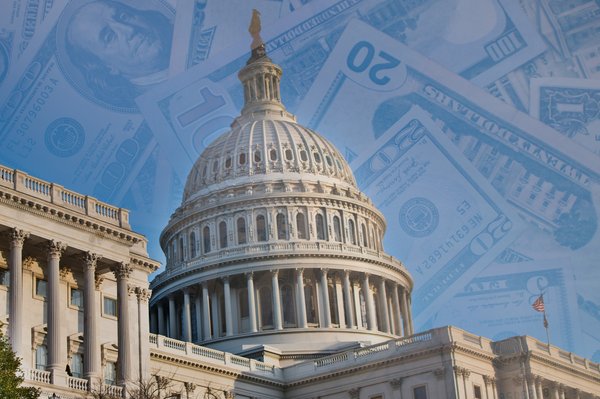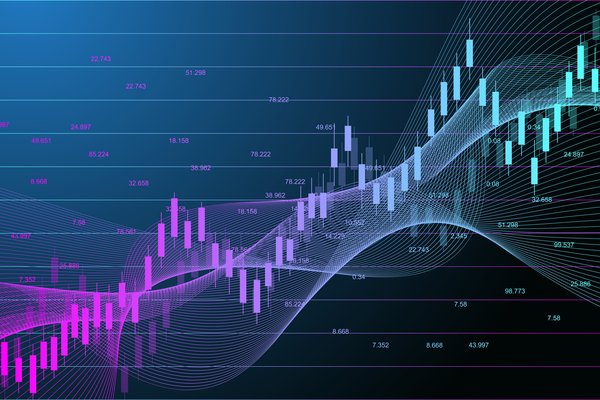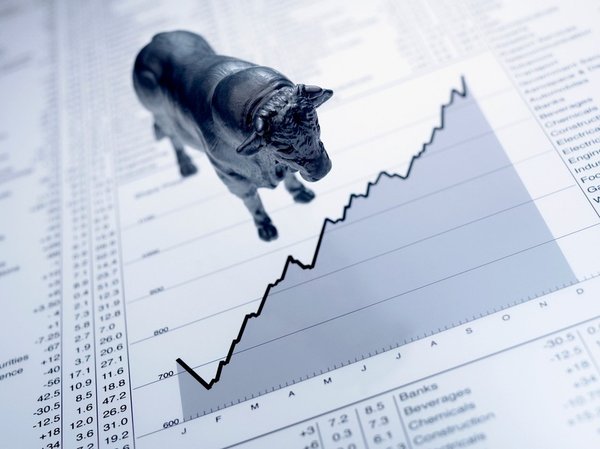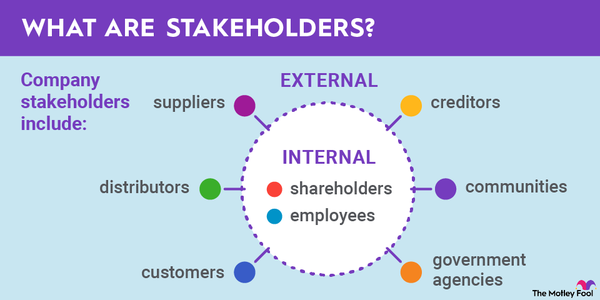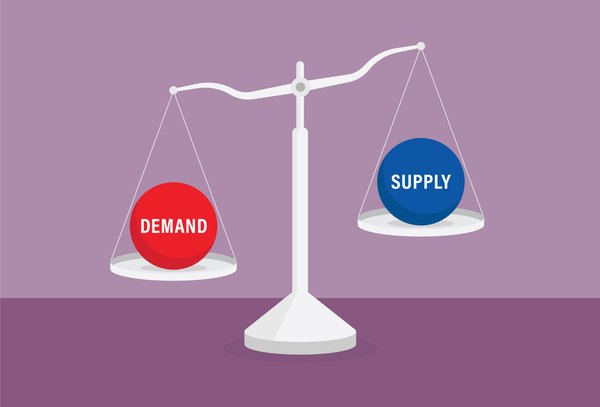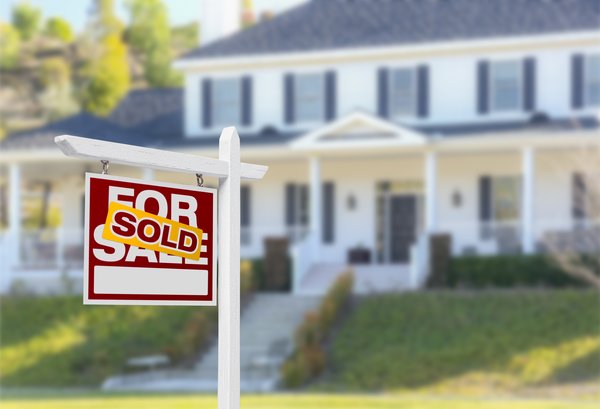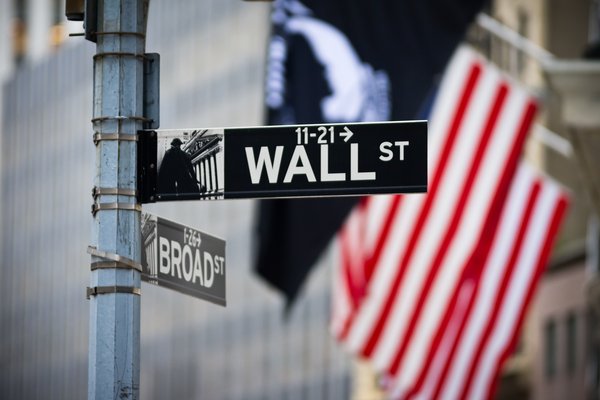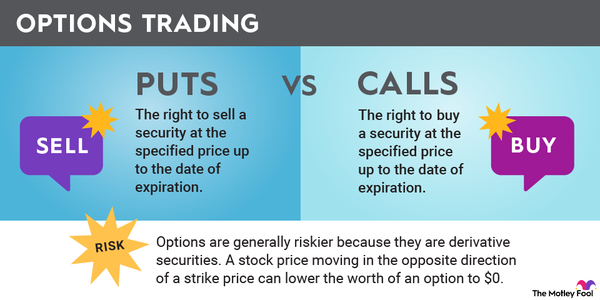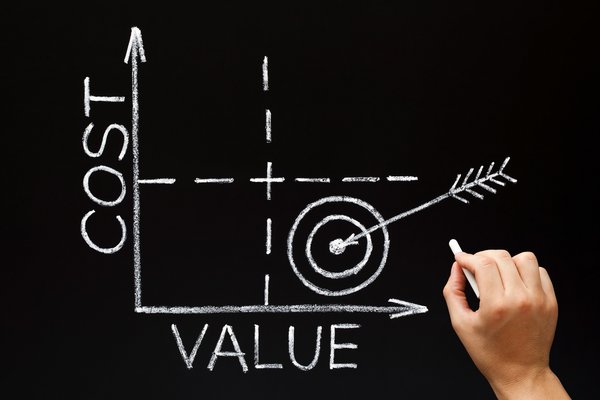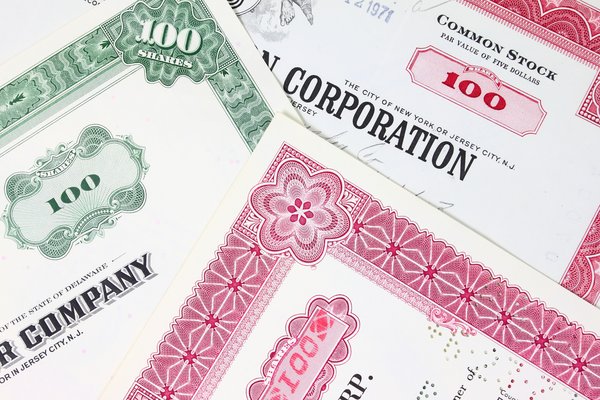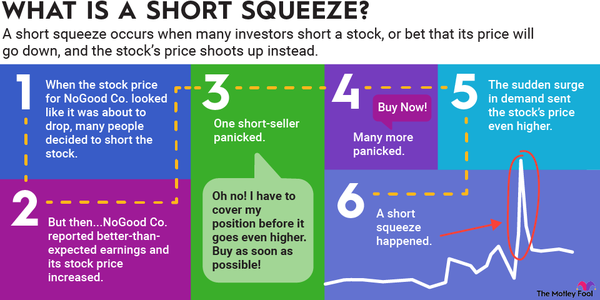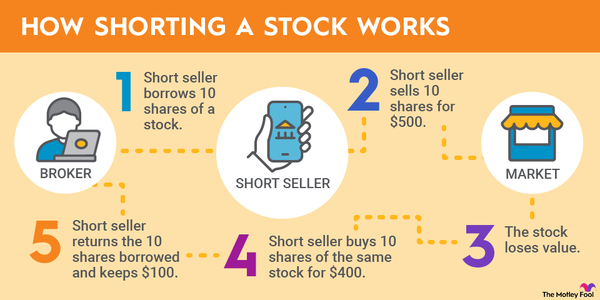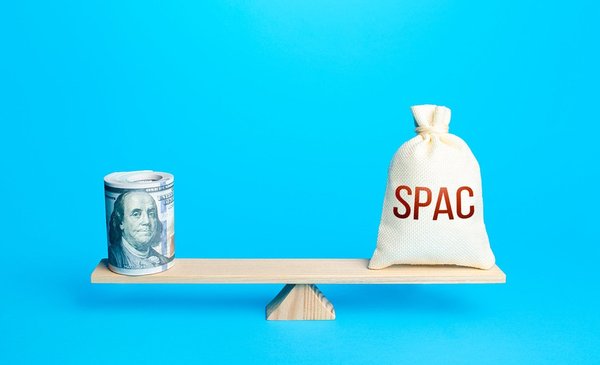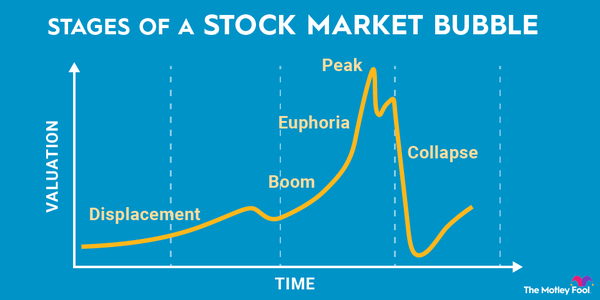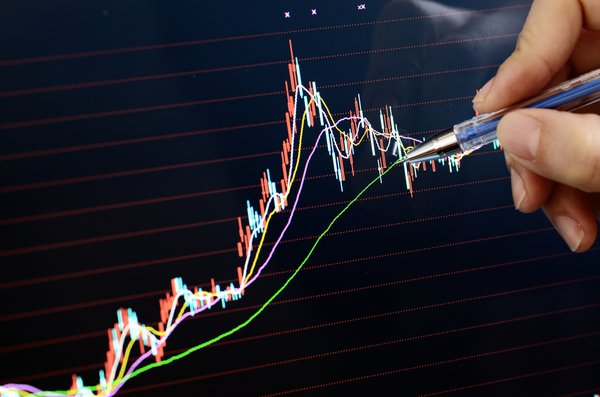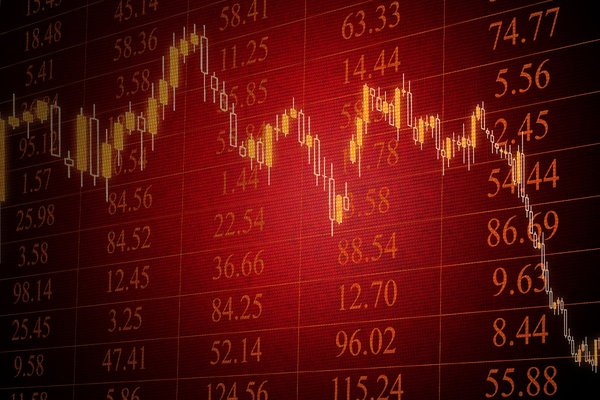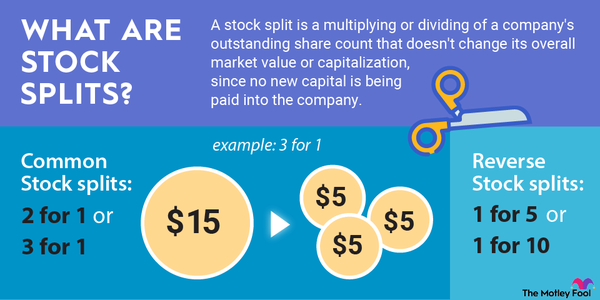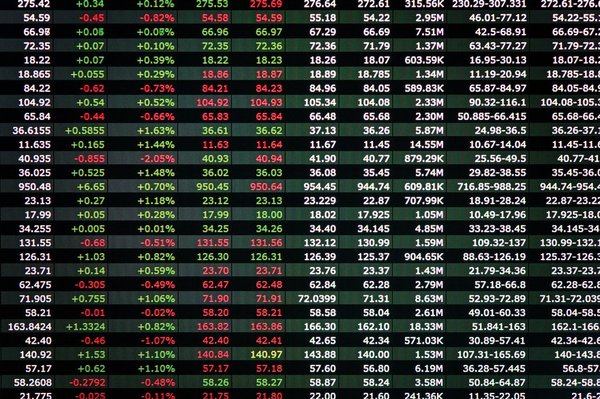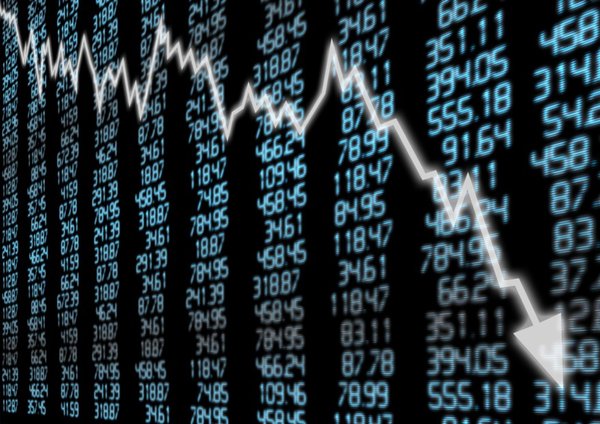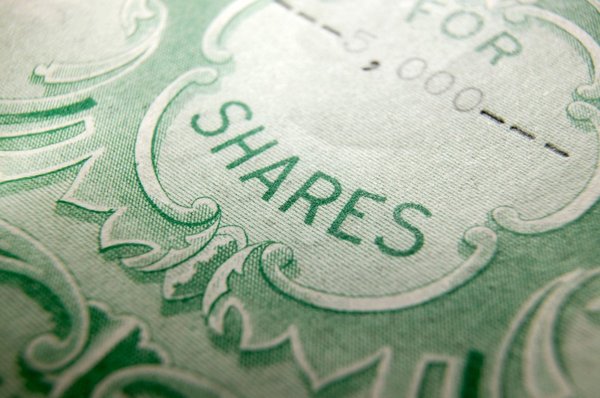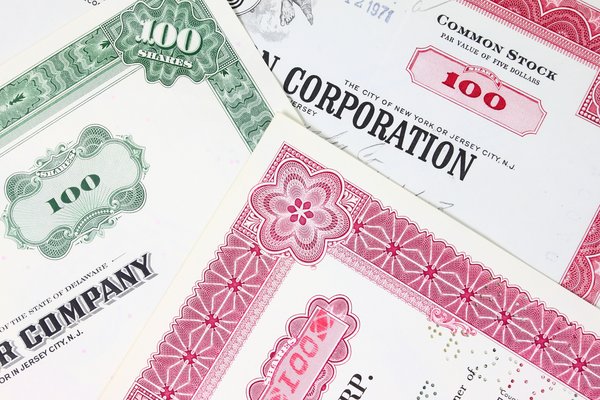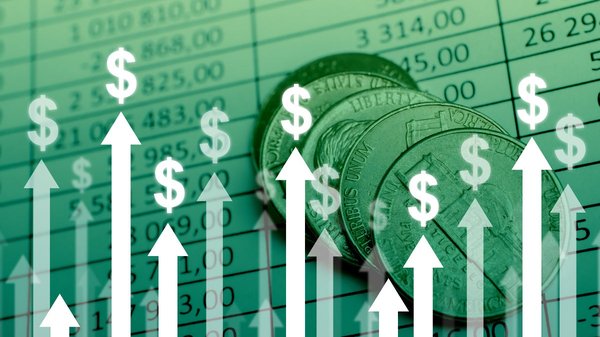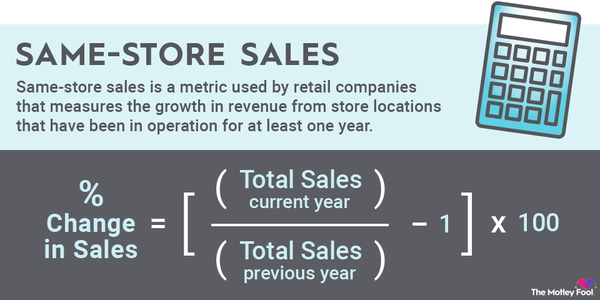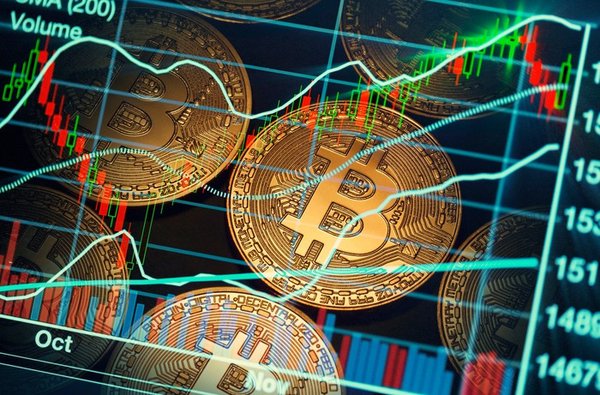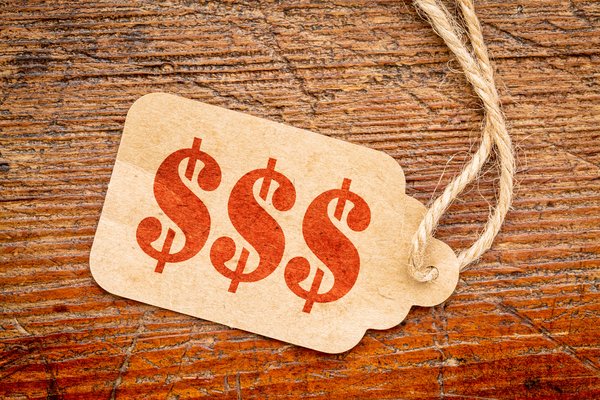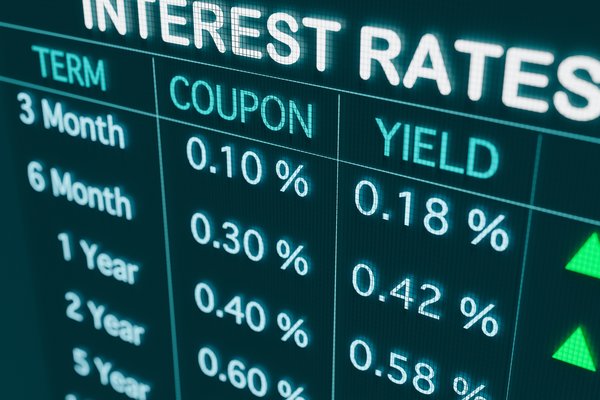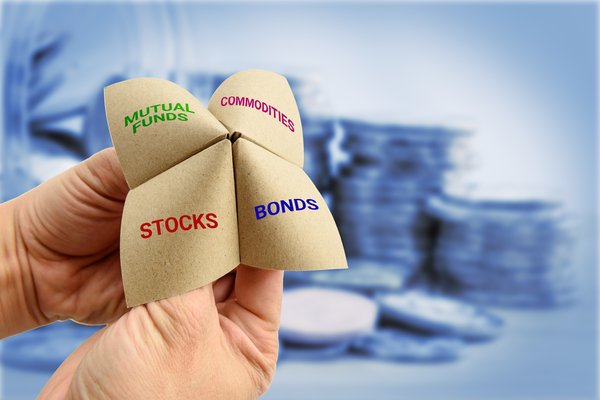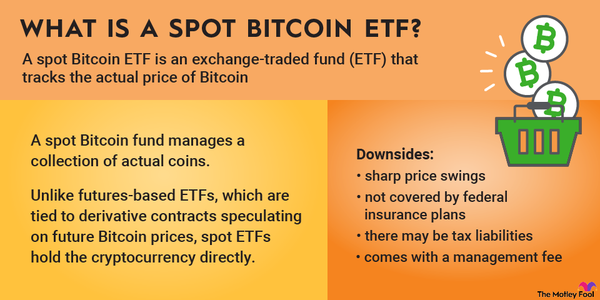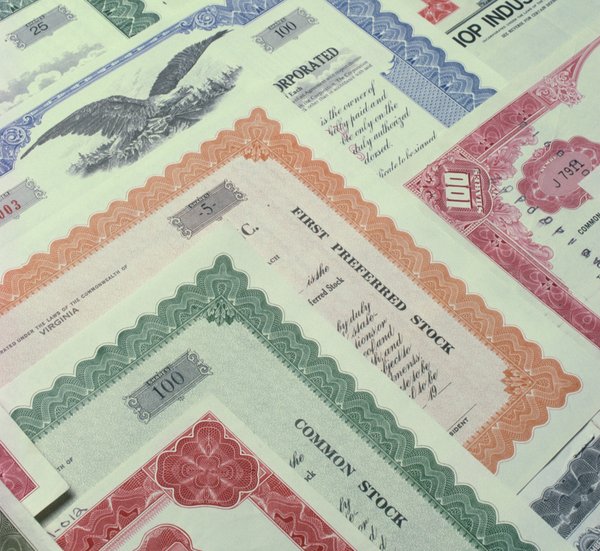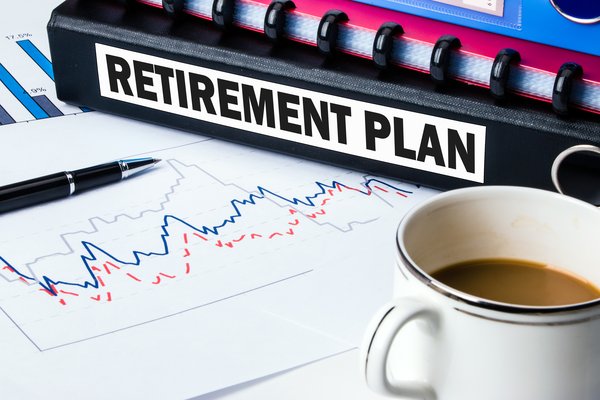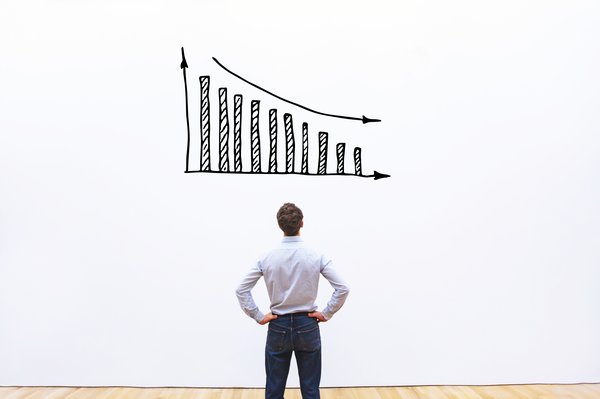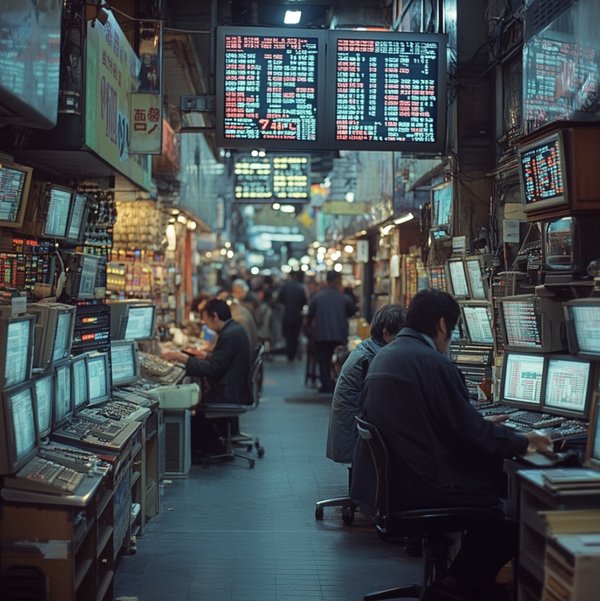Stop orders and limit orders are two tools investors can use to mitigate risk when they place a trade. A stop-limit order combines features of both types of orders. Read on to learn how stop-limit orders work and when you should consider using them.

Stop orders vs. limit orders
To understand how a stop-limit order works, you first need to know how stop orders and limit orders work. The big difference between a stop order and a limit order is that a stop order is triggered once a specified price is reached; a limit order specifies a maximum price you're willing to pay (if you're buying) or a minimum price (if you're selling) at which you're willing to execute the trade.
Stop orders
A stop order is an order where you specify a price threshold at which you want to buy or sell a stock. If the stock reaches the price you set, the order becomes a market order.
Sell stop orders are a common exit strategy and the most common use of stop orders. For example, if you own a stock that's currently trading at $50 but you want to limit your potential losses, you might set a sell stop order that tells your broker to sell your shares if the price drops below $45 per share.
However, you can also use buy stop orders if you're interested in purchasing a stock if its price hits a certain level. Suppose you're on the fence about a stock, and you don't want to miss out on the momentum if its price starts to soar. If the stock is trading at $50, you could set a buy stop order that becomes a market order if the price hits $55.
Limit orders
A limit order is an order that's only executed if the price is equal to or better than the one you've specified. For example, suppose the stock in question is trading at $50. If you own the stock, you could place a sell limit order to sell the stock only if the price is $55 or higher. Or you could place a buy limit order to purchase the stock, indicating that $45 is the maximum amount you're willing to pay.
What is a stop-limit order?
A stop-limit order is an order that combines features of a stop order and a limit order. Like a stop order, it's only triggered if the price of a security hits a price target you've set. However, as with a limit order, it won't be executed if the price moves away from the price you've specified.
Let's say that you own a stock that trades for $100. You want to sell it if the price tumbles to $95, but you're unwilling to accept less than $90.
You could place a stop-limit order designating the stop sell price as $95. Once the price hits $95, the order will become a market order. But if the price drops below $90, the order won't be fulfilled because of the $90 limit order you placed.
On the flip side, if a stock trades at $100, you may want to buy it if the price hits $105 to avoid missing out on an opportunity. But you may not think it's worth more than $120, so you could set $120 as the limit price to avoid buying an overvalued stock.
Why traders use stop-limit orders
Traders primarily use stop-limit orders to protect against stock market volatility. Stock prices can swing wildly in the short term.
When you want to sell a stock, a stop-limit order can reduce your risk of big losses when the market panics. If you're buying stocks, a stop-limit order can help you get in on a stock whose price is rising rapidly, while also allowing you to avoid overpaying. Using a stop-limit order can be helpful if you're prone to trading based on emotions when the stock market is on a wild tear by automating the decision-making.
You probably don't need stop-limit orders if you're a buy-and-hold investor, though. Stock market ups and downs are completely normal. Long-term investors focus on businesses with solid fundamentals and ignore short-term market fluctuations.
Example of a stop-limit order
Nvidia (NVDA 2.84%) has been a pioneer in creating the graphics processing units (GPUs) that are essential to powering artificial intelligence (AI). By late August 2024, its share price was up about 170% year to date, making it the runaway stock market success story of the year.
Its stock was trading at $130 on Aug. 19. Now, suppose you owned Nvidia shares, and you believed the company's latest earnings release would reveal cooling demand. You might have wanted to take some of the profits from the huge gains you've already earned, but you were also concerned that the stock market would overreact to a relatively minor piece of news.
Related investing topics
If the stock were still trading at $130 before the earnings release, you might decide you want to cash out if the price dipped to $125. But perhaps you thought that if the price dropped below $120, the market was probably overreacting.
You might set a stop-limit order with $125 as the stop sell price and $120 as the limit price. Your sell order would be executed if the price fell to $125 or less. But if it tanked below the limit price of $120 you had set, the order wouldn't be fulfilled, and you'd have given your investment time to recover.







